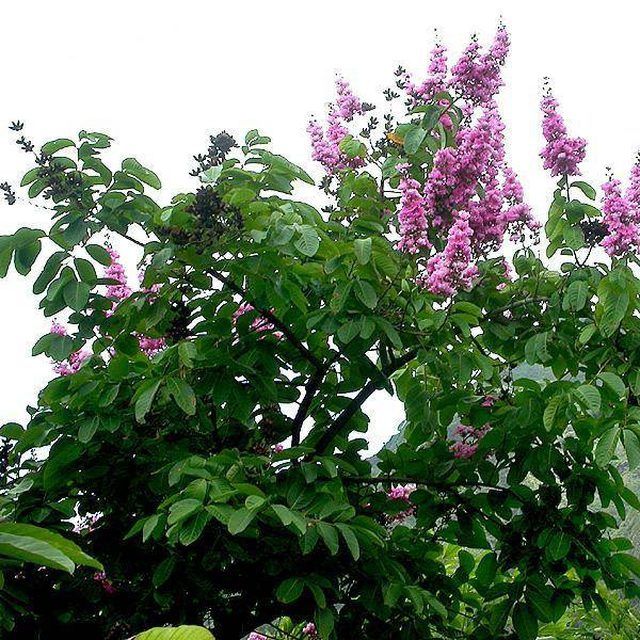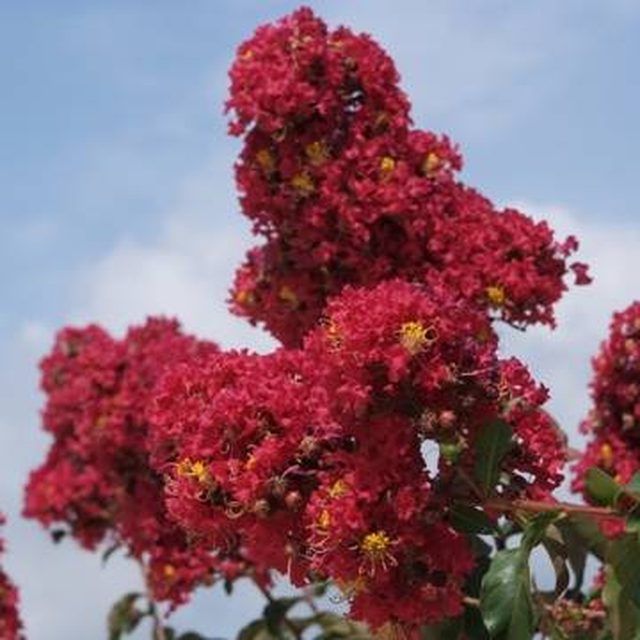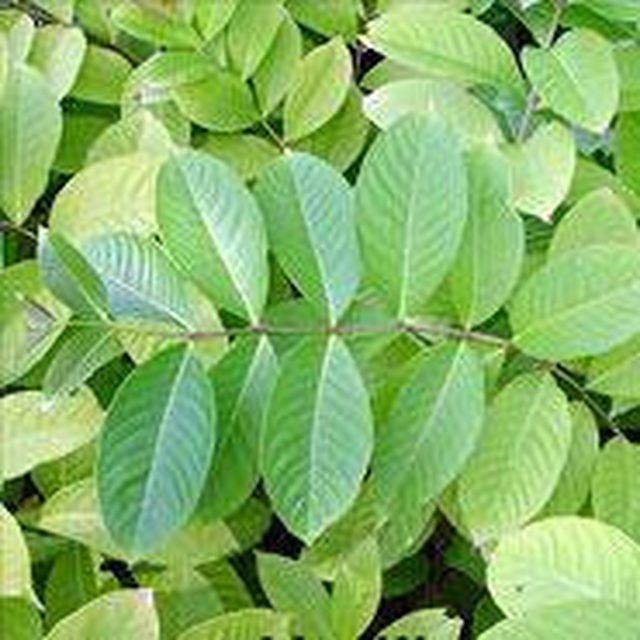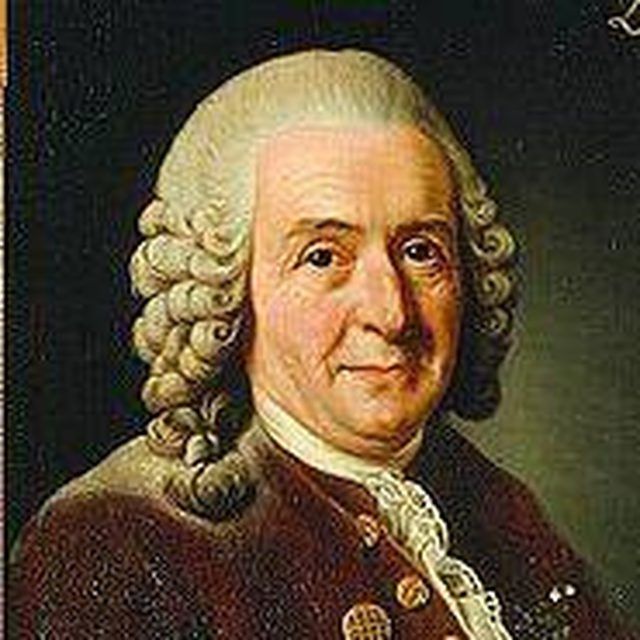Bulbs
Flower Basics
Flower Beds & Specialty Gardens
Flower Garden
Garden Furniture
Garden Gnomes
Garden Seeds
Garden Sheds
Garden Statues
Garden Tools & Supplies
Gardening Basics
Green & Organic
Groundcovers & Vines
Growing Annuals
Growing Basil
Growing Beans
Growing Berries
Growing Blueberries
Growing Cactus
Growing Corn
Growing Cotton
Growing Edibles
Growing Flowers
Growing Garlic
Growing Grapes
Growing Grass
Growing Herbs
Growing Jasmine
Growing Mint
Growing Mushrooms
Orchids
Growing Peanuts
Growing Perennials
Growing Plants
Growing Rosemary
Growing Roses
Growing Strawberries
Growing Sunflowers
Growing Thyme
Growing Tomatoes
Growing Tulips
Growing Vegetables
Herb Basics
Herb Garden
Indoor Growing
Landscaping Basics
Landscaping Patios
Landscaping Plants
Landscaping Shrubs
Landscaping Trees
Landscaping Walks & Pathways
Lawn Basics
Lawn Maintenance
Lawn Mowers
Lawn Ornaments
Lawn Planting
Lawn Tools
Outdoor Growing
Overall Landscape Planning
Pests, Weeds & Problems
Plant Basics
Rock Garden
Rose Garden
Shrubs
Soil
Specialty Gardens
Trees
Vegetable Garden
Yard Maintenance
What Is Banaba Leaf?
What Is Banaba Leaf?. The Banaba Bush, known in the United States as Crape Myrtle (or Crepe Myrtle), has become widespread in temperate regions of the country and is prized as an ornamental. Banaba extract, obtained from the leaves of the plant, is high in plant insulin, known as corosolic acid. Herbalists claim that the extract produces...

The Banaba Bush, known in the United States as Crape Myrtle (or Crepe Myrtle), has become widespread in temperate regions of the country and is prized as an ornamental. Banaba extract, obtained from the leaves of the plant, is high in plant insulin, known as corosolic acid. Herbalists claim that the extract produces anti-diabetic effects when consumed by humans in the form of dietary supplements, juices or teas.
Identification
Banaba bushes are woody plants with sturdy, mottled bark that sheds in patches throughout the year. The leaves are simple in form, and range from 3 to 10 inches long. The full, bushy plants can grow to exceed 400 feet tall, although most are small to medium in height. Specimens in cooler locations produce beautiful red and bronze foliage in the fall.
Lovely dense bloom clusters appear in the summer and in the fall. They boast crinkled flowers similar in texture to crepe paper. Bloom colors are variable and include shades of red, white, lavender and deep purple.
The moist green fruits ripen to black or dark brown when they become dry. When fully ripe, the fruits split open and release an abundance of tiny, winged seeds.

Function
Wooden furniture and bridges have occasionally been fashioned from the timbers of larger Banaba bushes. Some parts of the Banaba plant are an important food source for the larvae of several species of butterly. In the warmer regions of the United States and Europe, the showy Banaba bush is a favored ornamental specimen, both residential and commercial.
Banaba leaf extract is highly prized by herbalists, who claim that it can be used to control blood sugar by lowering glucose levels in humans. It is also said that Banaba leaf extract can effectively control food cravings and suppress appetite, thereby rendering it a significant weight-reducing substance. Other health benefit claims made by proponents of the use of Banaba include effective liver lipid level moderation, as well as blood cholesterol-lowering capability.

Geography
Although native only to India, the Philippines, Australia and East Asia, the Banaba bush has been introduced and subsequently become well established in warm climates worldwide. Common in Italy, southern France and the Iberian peninsula, the plant is also prevalent anywhere south of Zone 6 in the United States. Banaba thrives particularly well in milder climates that are not high in humidity, such as in Texas and southeastern California. In the United States, the Banaba bush is also known as the Giant Crape Myrtle, Cuddle Tree and Queen Crape Myrtle.
History
The Banaba's genus, Lagerstroemia, is named in honor of Magnus von Lagerstrom (1696 to 1759). This Swedish merchant was a friend of Carolus (Carl) Linnaeus (1707 to 1778), and provided the scientist with specimens of the plants that he collected for his own work in identifying newfound plant species.
Linnaeus, a Swedish physician, zoologist and botanist, is considered one of the founders of ecology as we know it today. He is also responsible for setting into place the permanent foundations for binomial nomenclature, or the system of giving living organisms two names--as in Lagerstroemia speciosa, which is what he named the Banaba plant.
"Banaba" is the Philippino translation for the plant, which they have used for controlling blood sugar for many years. Banaba extract has been used for centuries as a folk remedy for the same purpose in every country it is indigenous to.

Warning
The information presented is not to be construed as medical advice, and is intended only for educational use. Banaba products have not been evaluated or approved by the Food and Drug Administration. It is highly advised that anyone considering using Banaba or any other supplements seek the advice of their personal physician.
Banaba should never be used by pregnant or nursing women, or women who experience excessive bleeding during menstrual cycles.
Diabetic individuals who take hypoglycemic medications such as insulin, chlorpropamide, glyburide or phenformin should not use Banaba without medical supervision. The substance may enhance the performance of these medications, leading to severe acute hypoglycema.
Hypoglycemic individuals should never take Banaba, which may cause or worsen the dangerous condition.